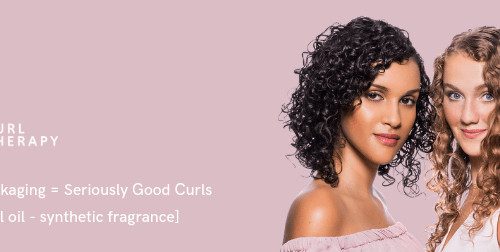
The “D” Word: Understanding What Causes Hair Damage
Our goal on this journey is (or at least should be) healthy natural hair. While damage usually isn’t intentional. It sometimes can be the result of our own ignorance, negligence, or over ambitious desires on this quest for beautiful hair.
When it comes to damage repair, most of us are used to DIYing it instead of seeking professional help. Before we grab our favorite reconstructor or deep conditioning products, let’s back track a little so we can determine if our hair is damaged, what may be causing it, and when it’s time to seek professional help.
Is my hair really damaged?

Photo by Robert Andall on Unsplash
Damaged hair will usually have one or more of the following characteristics:
- Rough texture
- Excessively high porosity
- Breaks easily
- Dry and brittle
- Lacks elasticity
- Becomes spongy and matted when wet
If you notice any or a combination of these symptoms when assessing your hair, then you may have problem. Before you panic, consider products, processes, techniques, or environmental elements you may have been exposed to that could be causing your problem.
Hair damage can be caused by several factors. The most common culprits are usually heat from blow drying and straitening, harsh shampoos, exposure to sun and wind, chemical processing, and salt or chlorinated water. All of these factors, when not properly prepped for or with over exposure, can lead to damage of the hair strands
A deeper look at damage
Damage to the hair may seem to be merely superficial, but actually damage to the strands is a result of breakage to the chemical bonds that make up the hair strands and disruption to the cuticle layer. Depending of the type of bonds that are broken, and the extent of damage to the cuticle layer, the results may be severe or permanent.
Could this be something else?
There can be several causes for dry, brittle hair. While all of them can eventually lead to hair damage, consider the products you are using and assess if they may be the reason your hair isn’t performing as it should.
Product build-up can lead to dehydrated strands that often appear dry and brittle. If not properly addressed, it will cause significant damage to the strands. Incorporating routine shampoos and water-soluble products into your healthy hair routine can reduce product build up and the risk of damage.
Can deep conditioners repair my hair?
Not exactly. At best, deep conditioners and other similar hair treatments will add moisture rich ingredients, oil, or protein to the hair strand and help to enhance the cosmetic appearance of the hair. They can temporarily repair or reconstruct the damaged areas, but will not permanently restore the hair to its original healthy state.
Should you skip them? Absolutely not. While you can’t exactly repair the hair, these treatments may be able to coat the hair or fill in the gaps in the cuticle caused by damage. Using hair treatments will improve the aesthetics of the hair allowing you to grow it out before removing the damaged ends.
Ultimately, the best course of action is to cut away the damaged portions of hair to save the healthy portions and prevent any further spread.
When is it time to see a professional?
When you notice or suspect damage. Professionals can help you better assess, identify, and correct any damage areas of your hair.
The ultimate goal on this journey should be healthy hair. With the right foundation, you can achieve this goal and reduce the risk of hair damage. Set a solid foundation by taking the time to learn your hair’s specific needs and how to incorporate healthy practices into your routine.
If you need help determining what this may look like, start with Bold Kulture Beauty. We can provide you with the tools needed to be successful and would love to assist you on your healthy hair journey.




